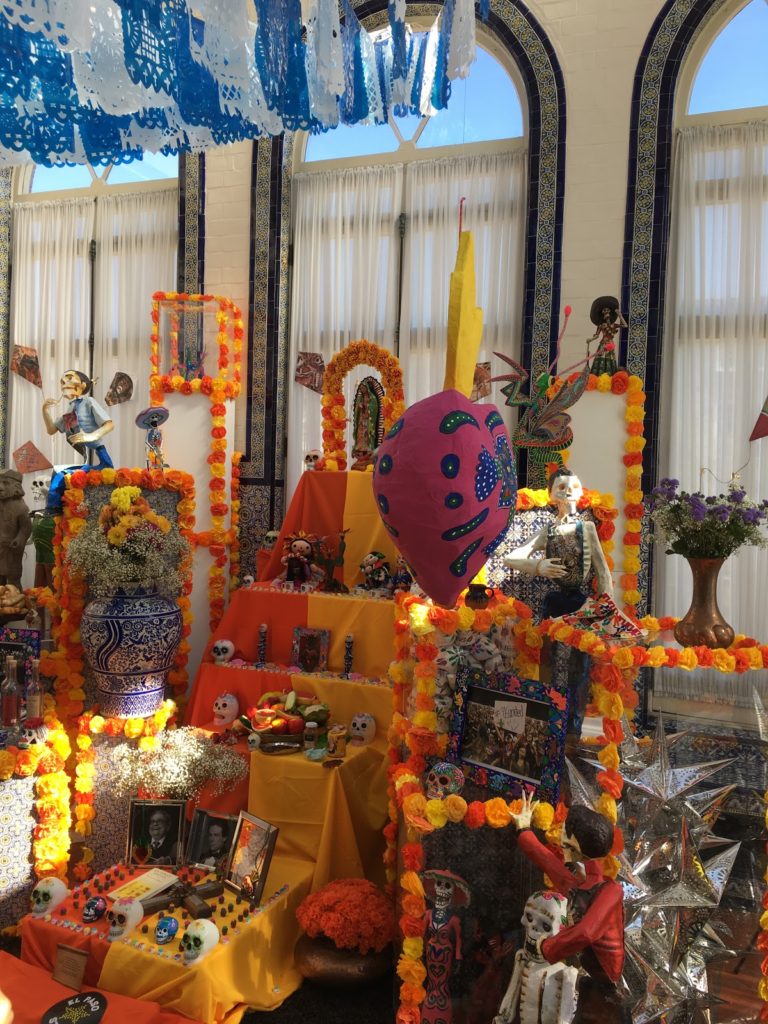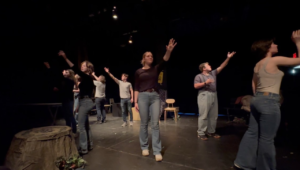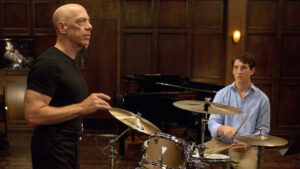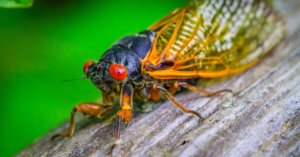Día de los Muertos in the District

Image courtesy of Bella Ramon
By Bella Ramon
The Mexican Cultural Institute hosted a free event to celebrate the iconic Mexican holiday, Día de los Muertos on Saturday, November 2. The Mexican Cultural Institute is an organization that aims to enrich the relationship between Mexico and the United States through the local community in D.C.
Located in Columbia Heights, a central area, the organization is able to reach out to a large community. Since its opening in 1990, it has been able to preserve and promote the Hispanic culture by partnering with many institutions such as the Kennedy Center for the Performing Arts, the National Gallery of Art, the Smithsonian Institutes, and the Library of Congress. Their partnerships help spread diverse culture through artistic means.
Día de los Muertos is a multi-day celebration commonly recognized in Mexico, Central America, and in the United States that lasts from October 31 to November 2. This celebration is a time that is set apart during the year to enable everyone to celebrate and honor the lives of those they have lost. Among this, it is also a time when people are able to express themselves through artistic means, such as colorful face paint, sugar skull decorations, and creating intricate altars.
At this event, guests were able to enjoy traditional goodies such as pan de muerto, or bread of the dead, and Mexican hot chocolate. A traditional dance performance, the ballet folklorico, was on the agenda to entertain guests, as well as a continuous screening of the film The Universe Apart by Adele Schmidt, which follows the life and work of a Mexican artist in San Francisco, California. Finally, an ofrenda, or altar, was set up to remember those who lost their lives in the recent El Paso shooting in Texas and Mexican artists who passed away this past year.
Each detail of the decorations holds a significant meaning to Día de los Muertos. The pan de muerto, for instance, has small circular shapes sticking out of the sweet treat, representing bones. Ballet folklorico, a traditional dance, has a deep cultural meaning in terms of remembering one’s ancestors. The ofrenda that is commonly put out contains stylized and decorated skulls, representing the sweetness of life. Food, decorations, and other small offerings are also placed onto the altar in memory of the person or people it is dedicated to.
This year, lines went around the corner to get into the building. Once inside, it was packed to the brim with those eager to celebrate. Many were in costumes with their faces painted like skulls and others were in traditional Mexican clothing.
Through their outreach program, the Mexican Cultural Institute is determined to help those in the Metropolitan area learn about the vibrancy of the rich culture that many still cherish today. Their main goal is to create an artistic bridge between Mexican and American cultures, right in the heart of the District, and a Dia de los Muertos celebration does just that.







